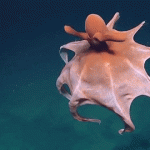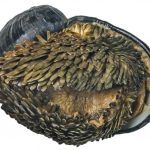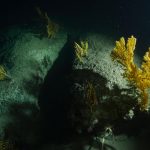Source: Nature
Author: Cindy Lee Van Dover
Four decades have passed since vibrant clusters of giant, metre-long tubeworms, discovered at hot springs on the ocean floor by Corliss et al.1, were reported in Science. Until then, the ocean floor was considered to be more like a desert than an oasis.
Corliss and colleagues didn’t discover underwater hot springs by accident; rather, they were trying to discover whether the hypothesis that such sites existed was correct. Theories on the movements of tectonic plates had set the course for this discovery with the idea that the mountain ranges that girdle the globe on the ocean floor, called spreading centres, are volcanic sites at the boundaries of tectonic plates. A key clue to the existence of underwater hot springs was the unexpectedly low conductive heat flux in the ocean’s crust2. Convective heat flow through hot springs could solve the riddle of this missing heat. Warm-water anomalies documented above a spreading centre called Galapagos Ridge guided Corliss et al. to the site at which they discovered underwater hot springs (also called hydrothermal vents).
Continue reading here.










